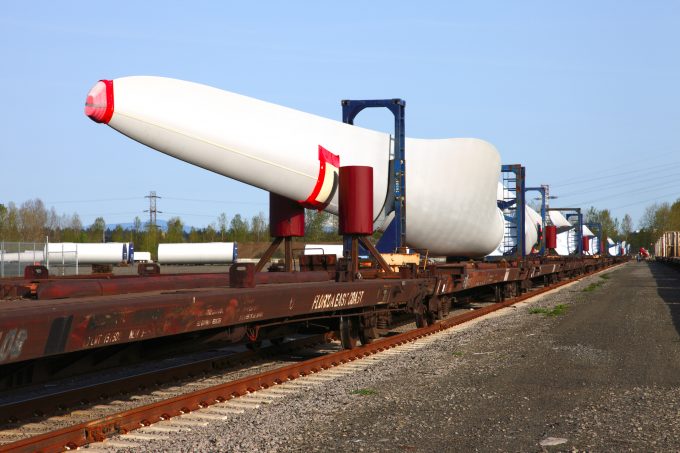US east coast port strike would be a 'spot rate lifeline' for ocean carriers
With each week that passes, the risk of a US east and Gulf coast dock ...

Losing traffic to ports on the east and Gulf coasts, America’s premier ocean gateway, the ports making up the Los Angeles/Long Beach complex seem to be charting different courses.
LA retained its crown as the busiest container port in the US, but LB has slipped from its customary second ranking to third, behind New York/New Jersey, despite clocking up its second-highest volume on record.
There is much speculation over how much of the lost traffic will return once west coast terminal operators ...
Trump tariffs see hundreds of cancelled container bookings a day from Asia
'To ship or not to ship', the question for US importers amid tariff uncertainty
'Disastrous' DSV-Schenker merger would 'disrupt European haulage market'
'Chaos after chaos' coming from de minimis changes and more tariffs
Forto 'sharpens commercial priorities' as it lays off one-third of staff
List of blanked transpac sailings grows as trade war heats up and demand cools
EC approves DSV takeover of DB Schenker
Overcapacity looms for ocean trades – with more blanked sailings inevitable
Amazon Air’s metamorphosis: 'a different air cargo unit from two years ago'
Shippers in Asia restart ocean shipment bookings – but not from China
India withdraws access for Bangladesh transhipments, in 'very harmful' decision
'Tariff hell' leaves industries in limbo – 'not a great environment to plan'

Comment on this article